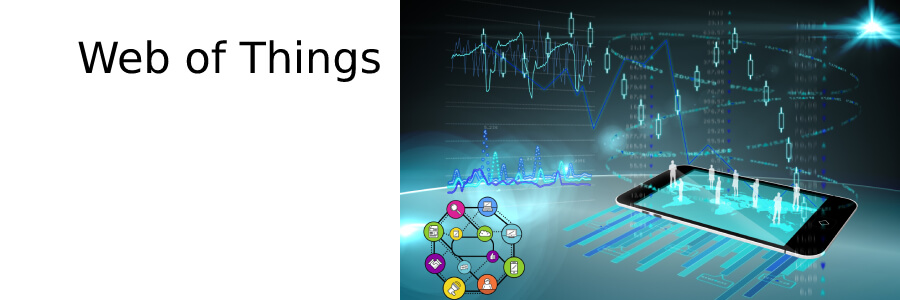
Why Do We Require the Web of Things (WoT)?
There’s no doubt that the internet of things (IoT) has made things easier for us, but it also brings in complexities as there is an increase in the number of devices around us. One of the main hurdles in the widespread adoption of IoT has been the difficulty communicating and managing all these devices.
To communicate with your Five IoT devices, you need Five mobile applications. This won’t be convenient as you will have to switch from one app to another. Unfortunately, that is happening with most IoT devices.
The worst part is that most of these IoT protocols and standards aren’t compatible with each other, and for this reason, the IoT hasn’t been able to realize its full potential.
Connecting devices to the internet and giving them IP addresses is only the first step toward the internet of things as it facilitates data exchange. However, it doesn’t guarantee that devices understand what it means.
That’s why we require something like HTTP, a universal way to transfer data in text, images, sound, and other media elements so that devices communicate with each other. The Web of Things – or WoT – is what addresses this issue by using and adapting Web protocols to connect anything in the physical world and give it a presence on the World Wide Web!
Definition of Web of Things (WoT)
Web of Things (WoT) is a set of rules formed by the world wide web consortium (W3C) to facilitate the interoperability, fragmentation, and usability of the Internet of Things (IoT). In other words, it is a subset of the internet of things (IoT) and is built around software standards such as REST, HTTP, and URIs to permit devices to interact with one another.
When we look closely, the purpose served by both IoT and WoT is very similar. Their motive is to connect smart devices to the internet. There are some minor differences on paper, but they play an important role when you know the critical meaning behind them. When trying to elaborate their differences, the purpose each serves is the same, but the implementation is where the dissimilarity becomes apparent.
When you compare the internet of things with cooking, it is the utensil of a dish. It does not get affected by what is being put into it or the result. It is just serving its objective as a medium for the ingredients to be mixed. It connects all the ingredients but does not validate whether the outcome will be sweet or sour.
Whereas, when we talk about the web of things, all the other important things build the entire recipe – ingredients, spices, herbs, or stove. Everything combines to become the web of things.
IoT is the resolved networking layer between all the devices. That means every individual device requires a medium to communicate with one another. IoT development services serve the objective of providing every device with a medium to transport information from point A to point B.
However, it has nothing to do with how the data transfers, what the information is, or the purpose of reaching the desired destination. This is a big limitation that becomes quite noticeable.
Without such standards, it doesn’t make sense to call it the “internet” of things. WoT bridges this gap as it works as an application layer. WoT fixes the rules of the road. The main objective of WoT is to set systematic paths for the information to transfer between points and ensure compatibility with source and destination.
WoT is not a competition or a substitute for IoT but rather a subset of it. The purpose of WoT is to increase the features of IoT. It fulfills the purpose by curating the standard definitions and models on how the devices will be represented on the internet.

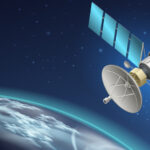





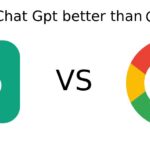
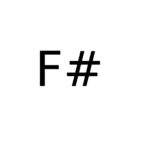




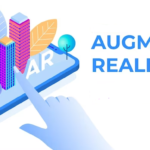







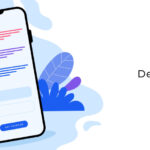


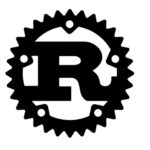

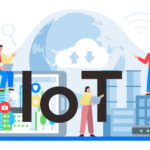




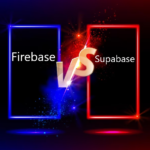


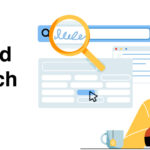



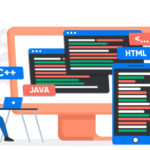






Recent Comments